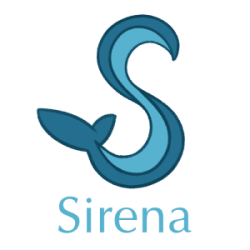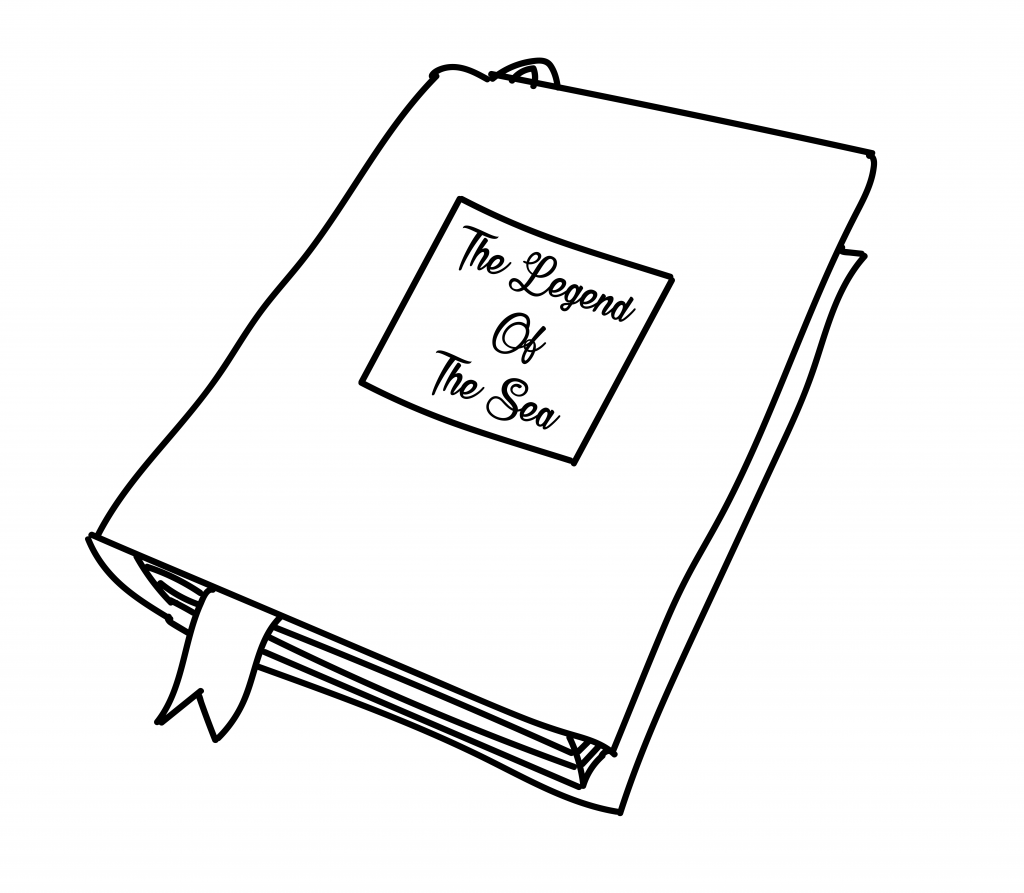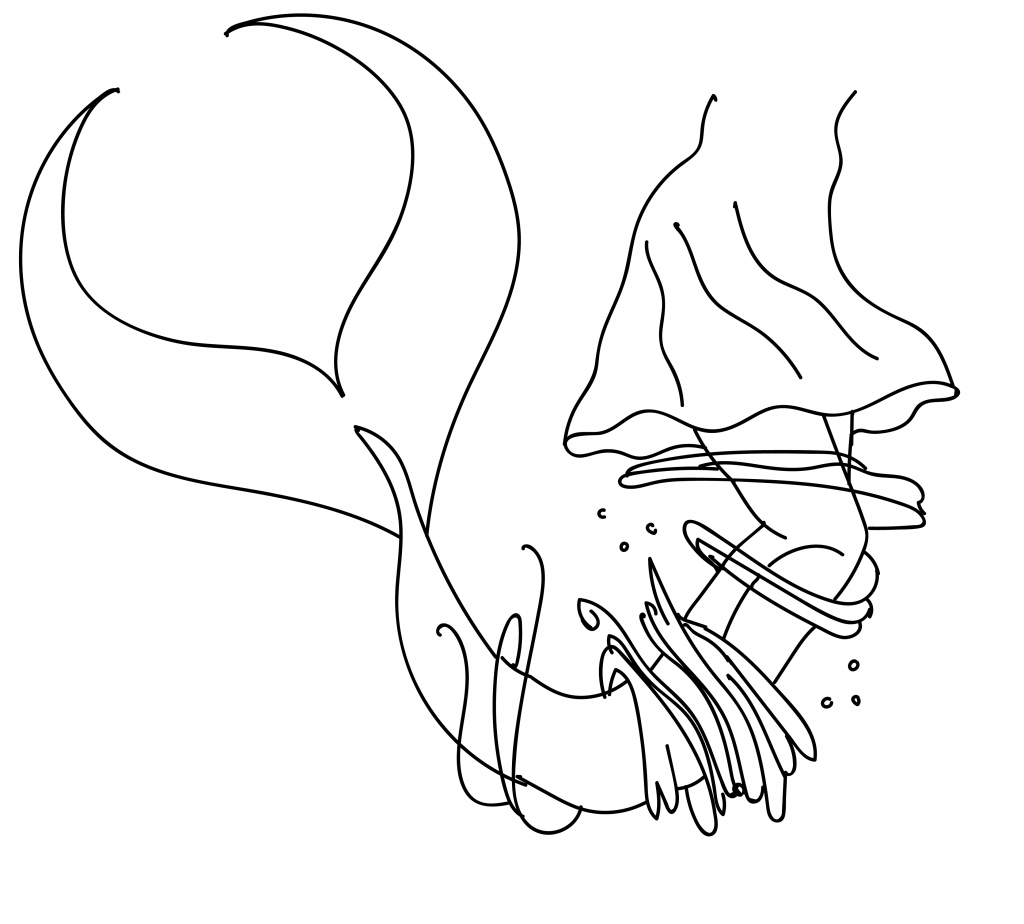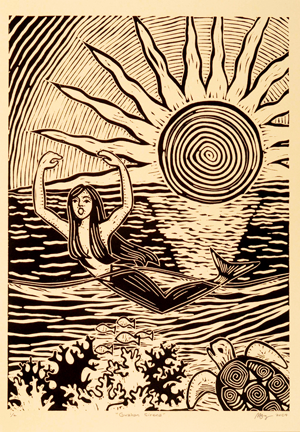Week 1
Welcome! We are Project Sirena, The ETC’s animation studio for Spring 2019. Our goal for this semester is to create an animated short by learning the ins and outs of the traditional animation pipeline. Our final piece will take the audience through the transformation of a young girl, Sirena, into a mermaid. This transformation is based on an old myth called “Sirena of Guam.”
We are a team of 3 artists, 1 programmer, and 1 producer. Most of us have a Computer Science background as well. We all signed up for this project to get a better understanding of the traditional animation pipeline and learn new skills. Apart from working on the production, we’ve also been tasked with preparing a pre-production package for the ETC’s next animation project.
Diving in
We began our first week by researching and going through the pre-production package provided to us by ‘Studio Duat’ . They provided us with storyboards and a script to give us an idea of what we were getting into. However, they were a team of seven, and we are only five. As such, we wanted to be careful to not over-scope ourselves, and decided to keep our focus primarily on the sequence where Sirena transforms into a mermaid. The short will be framed with a beginning and end, but the meat of it will be the transformation scene.
In the first week, we also got to know each other; we learned about everyone’s professional goals and interests. Since all of us are new to the animation pipeline, we started researching and watching different animated shorts, animated movie “making-of”s, and animation pipeline breakdowns in order to learn more about the feature film animation pipeline.
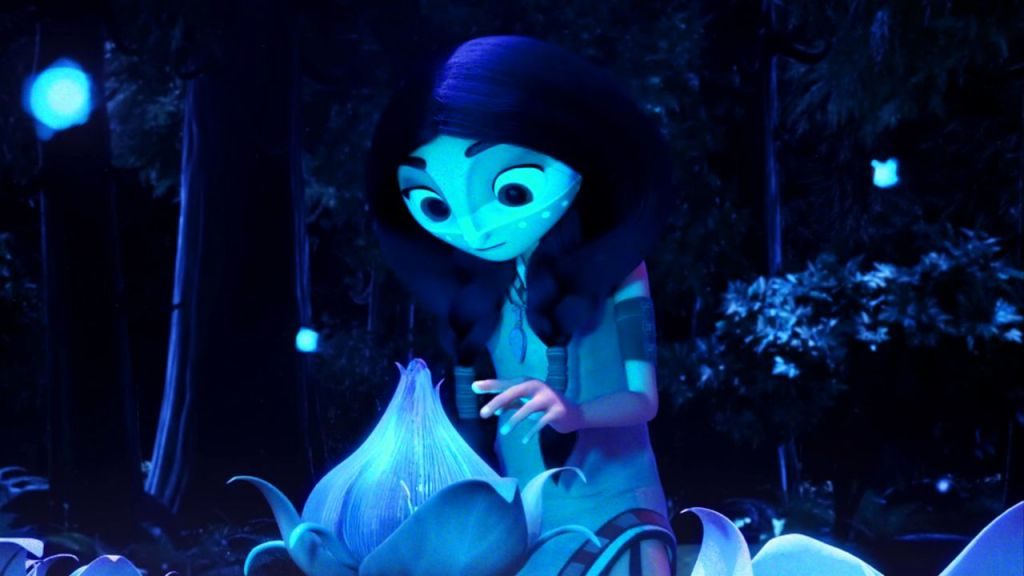
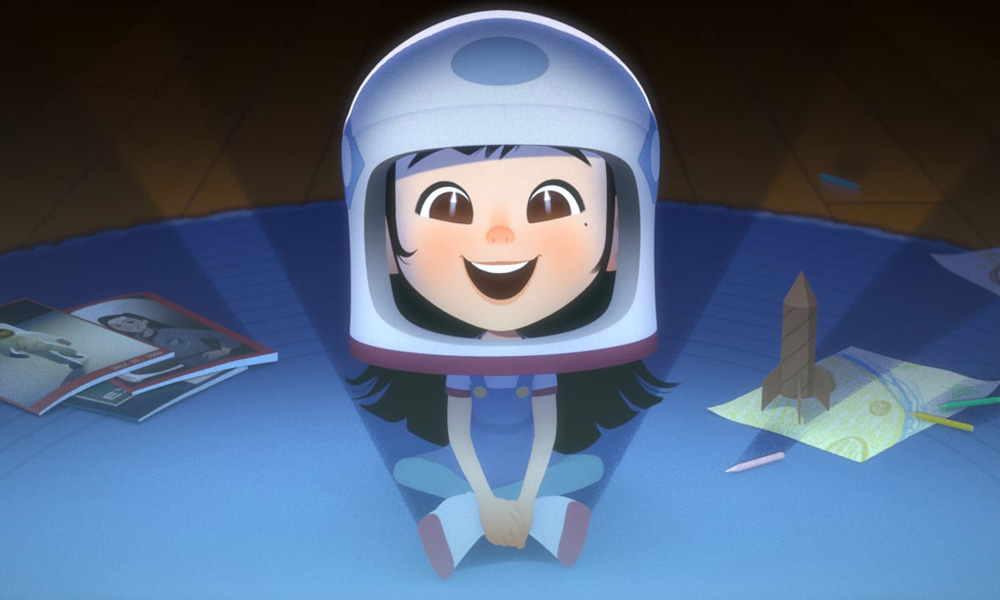
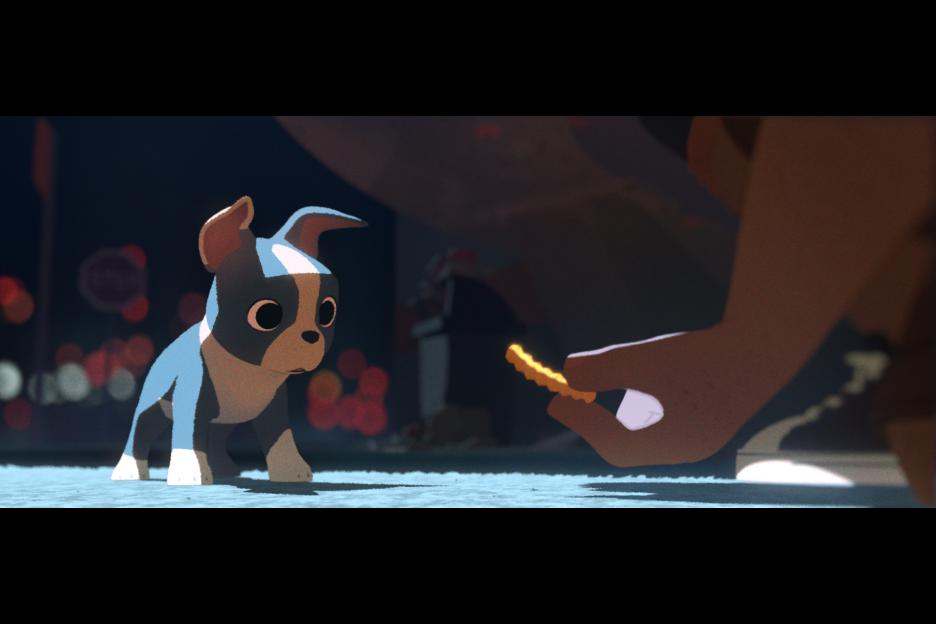
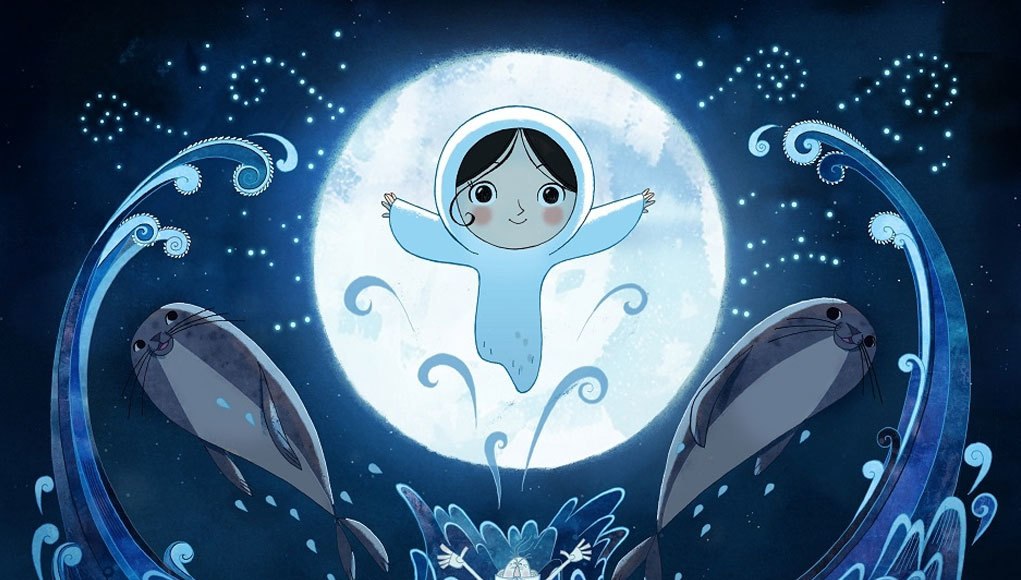
Inspirations.
Scoping and Structuring
Since we needed to reduce the scope to center around the transformation scene, a lot of revisions needed to be made to the story. For some help smoothing out the narrative, ETC Faculty member Chris Klug generously agreed to lend us his time. Chris understood our issues going in, as worked with the previous ETC team when they conceptualized ‘Sirena.’
Our biggest struggle then became picking out a particular art style and visualizing the transformation sequence. Our faculty advisors, John Dessler and Ruth Comley, suggested we work on a “gold spike”—a pipeline test where all team members contribute to visualizing something small— so that all of us could get a better feel for the animation pipeline.
Our gold spike started with Muhammad, our Character Technical Artist, who modeled and rigged a simple ball. He passed the ball on to Niharika, our animator, who made it bounce. She then shot it over to Kristy, our Technical Artist, who worked on rendering the scene in Maya. At the same time, Yikai, our Tools Programmer/ Technical Artist, used the ball to try the rendering pipeline in Houdini.
Once this was done, the ball was then passed back to Niharika, who worked on understanding compositing using After Effects. This allowed her to add further effects by layering different rendered sequences from both Houdini and Maya together.
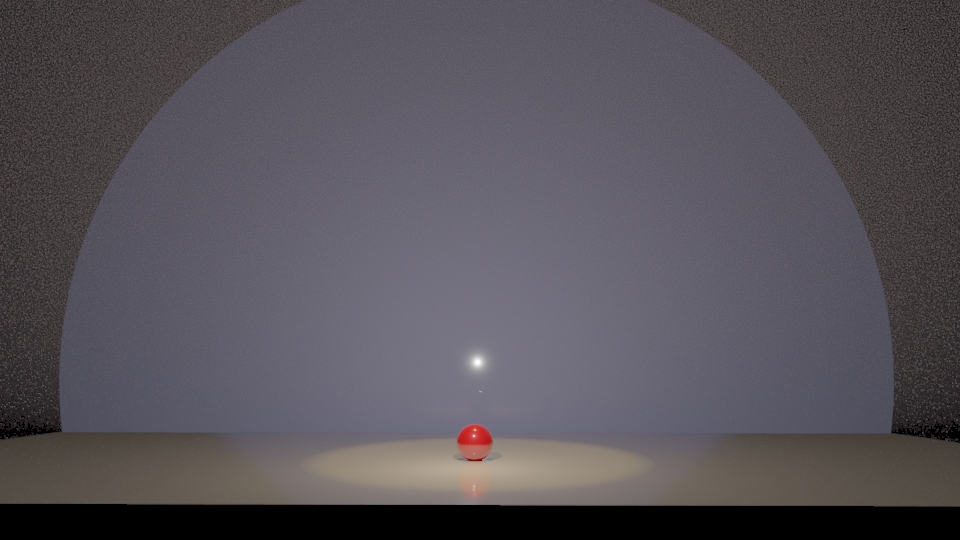

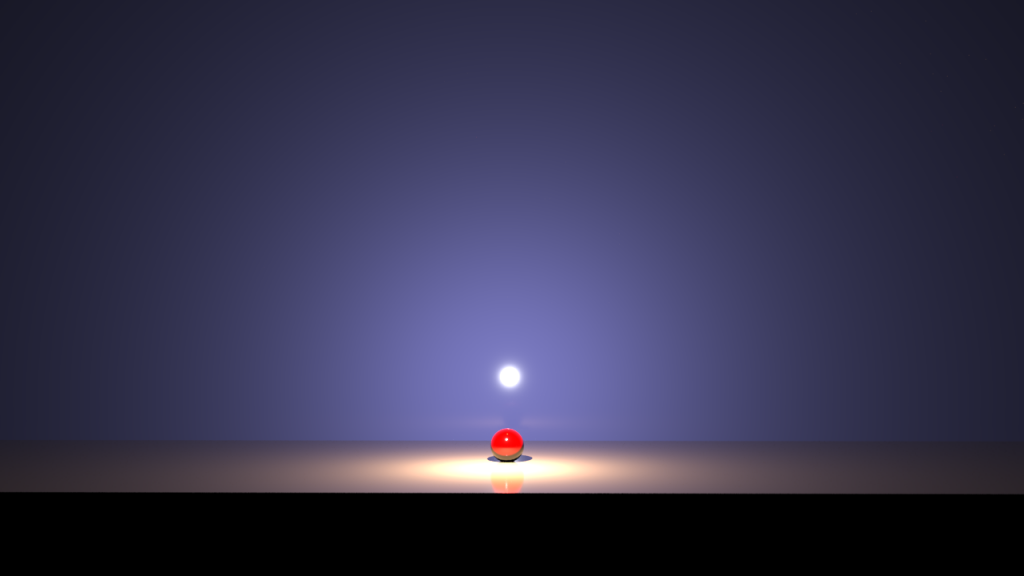
After finishing our gold spike, we discovered that we would be using both Maya and Houdini for rendering. This was because Maya helped us specifically with characters/environments, while Houdini proved best for effects.
The main reason behind this decision was that we faced a few problems in exporting the sequence from Maya to Houdini. Instead, we found it better to render the models separately in Maya, since that’s where we’d be doing our rigging and animation. We also locked down After Effects for compositing.
By testing out the gold spike we developed a better understanding of the film animation pipeline. The gold spike also helped us in going forward with setting up the render farm so that it is ready in time for production. To best streamline our workflow, we followed the Agile process and set up a SCRUM board to assign and manage tasks.
Our faculty also sent us a few pitch ideas for the pre-production package, which we decided to start working on from Week 2 after doing proper research and going through all of the pitches. To help us out with conceptualizing the package, our faculty advisors suggested we collaborate with a writer from CMU’s School of Drama. We got in touch with Kate Busatto, who agreed to work with us during this semester to develop the script for the pre-production.
By the end of this packed first week, we learned many new skills and started to get a better idea of the animation pipeline. For our second week, we started working through the pre-production pitches and spitballing character designs for Sirena herself.
